How “tough love” rehabs prey on desperate parents seeking help for addicted children. Plus: Four things every parent should do before sending a teen to treatment.
By Maia Szalavitz
It’s always difficult to know what to do when your child is at risk. But parents of children with drug problems are incredibly vulnerable. When a child has cancer, Mom and Dad tell the grandparents immediately, call Aunt Alice who used to work as a secretary at Sloan-Kettering or the Mayo Clinic, Google the scientific literature for the best treatments and generally mobilize their entire support system.
But parents of addicted kids tend to shamefully sneak searches online and quietly grab at the first referral they’re offered, often ignoring obvious red flags. In other words, they are easy prey for charlatans in the industry.
Los Angeles Magazine recently ran a dramatic and poignant account by one such parent, Michael Angeli, the co-executive producer of Law and Order: Criminal Intent. The story illustrates why we need to educate parents about what to look for in treatment programs—and why professional standards should never be ignored.
Angeli’s son Bey apparently developed a marijuana problem so severe that his parents believed he required intensive treatment. They sent the 17-year-old to an unregulated “nonresidential” program, which, in California, requires no licensing and was under no government oversight.
“The House” was run by a charismatic former addict, Steve Izenstark, who was ultimately arrested—by an armed LAPD strike force—during a Family Night therapy session and charged with a litany of sex crimes: It turned out he’d had sex with several of his teenage patients, a process that he labeled “intimacy therapy.”
Here’s how a 16-year-old girl described her experience with Izentark in court testimony:
Q: Could you please tell us what [Steve] told you?
A: My goal…would be to be in love with him and want to have sex with him. And at that point, I’m at my intimate peak, and it’s my healthiest that I could be. And he would say no to having sex with me and I would be done with my intimacy therapy.
Q: Was there ever a time during this intimacy therapy where he put his penis into your vagina?
A: Yeah.
But such obvious sex crimes were far from the only boundary violations that occurred. When Angeli first visited the program, concerned about his son’s withdrawal and isolation, Izenstark writes: “Hey, don’t you worry about that, my friend,” Steve reassured me, “my friend” being one of his signature phrases. “Have you seen some of the girls around here? Have you? Huh? They’re drop-dead gorgeous.”
Angeli perfectly captures Izenstark’s chamelonlike personality:
He had a knack for being all things to all people: the dreamer, the drill sergeant, the world-weary mentor, the rebel pied piper, the vocation-devoted divorcé, the gentle soul, the gulag colonel. He reversed the weaving permissiveness of baby boomer parents and at the same time seduced them by tapping into the moldering resin of their counterculture youth with his shambling charm and his different-drum approach.
Before the arrest made the allegations public, Angeli’s son Bey himself had stayed over at the “nonresidential” program during nights when he was “in crisis,” even though such stays should have made the program subject to regulation.
“I have heard every bullshit story you can imagine, OK?” [Izenstark told Angeli.] “These kids will lie until they get tired of being busted for it or it’s too late and they’re thrown out of here, OK? Everybody who walks through that door lies.”
So, how did a rich, successful Hollywood producer fall for what is—to anyone who knows anything about treatment research—an obviously outdated scam? The problem is that much of what is portrayed in the media as “professional treatment” in shows like Celebrity Rehab and Intervention isn’t based on evidence of what works and can all too easily lead to boundary violations and outright abuse.
Take the notion that all people with drug problems are liars. While it is true that many addicted people do lie about their drug use to avoid being punished for it, most research finds that they are just as likely as anyone else to tell the truth when they feel safe doing so. For example, anonymous surveys of addicts about their drug use tend to line up closely with urine testing (this may not be the case for the significant minority of addicted people who also have personality disorders).
Why does this matter? If you label all your patients as liars, it is easy to dismiss their complaints and justify treating them in disrespectful, even humiliating ways. If teens tell their parents that they are uncomfortable with treatment, that’s just “druggie manipulation”; if they go to police or other authorities about the abuse, their stories are often dismissed for decades. In Angeli’s case, he kept his son in “treatment” for months after what he saw there had made him uncomfortable.
But Izentark made two mistakes rarely seen in abusive treatment: First, he got busted buying cocaine. Second, he hired a woman with actual psychology credentials who believed his victims’ accounts after she’d found he’d lied to her. That led to the court case that was his ultimate downfall.
Before that, though, many other red flags were clear. Angeli writes:
Bey had been at The House for about three months when I began to question Steve’s methods. Our health insurance had already declined to cover The House after Steve emphatically guaranteed the opposite. By then we’d learned that trying to get him on the phone was hopeless and that the messages my wife left rarely had an impact.
Once, Steve and I walked out of his office after a meeting just as some kids had finished cleaning the living room. It looked immaculate. “Didn’t I tell you to clean this pigsty up?” Steve growled, and the kids kept cleaning what was already clean. Later, when I took exception to his autocratic gruffness, we argued. As part of Bey’s therapy, Steve had him build a wall in The House’s backyard. When Bey finished, Steve ordered him to tear it down and reconstruct it on the other side of the yard, which Bey did without saying a word.
The first warning sign was the insurance question: lying to parents about a program being covered when it is not is obviously not a good sign. And although insurers will often do anything to avoid paying, sometimes they actually have sound, evidence-based reasons to reject a type of treatment. Second, professional programs do not ignore phone messages or require intensive efforts for parents to get through to key staff. But the most disturbing aspect of that description is the arbitrary exercise of power and forced, meaningless labor. Although many addiction programs still see their role as “breaking people down,” in order to fix them, there’s no proof that this helps anyone get better.
Making people feel powerless, and fostering blind obedience are, in fact, generally viewed as antithetical to promoting mental health: research shows that the “learned helplessness” that comes from having no control over your life can lead to depression and even post-traumatic stress disorder, not recovery. Indeed, creating learned helpless in animals by placing them under uncontrollable stress until they stop trying to escape is a commonly used experimental model of depression. (If a drug restores an animal’s struggle to get free, it typically helps human depression, too.)
These methods are also harmful to program staff. They basically create conditions that encourage the abuse of power, even situations that can lead ordinarily kind people to behave poorly.
Consider what happened in just several days in the notorious Stanford Prison Experiment. There, ordinary young adults (prescreened to exclude psychiatric disorders) were asked to play the roles of guards and prisoners, in a mock jail in a university basement. Within days, the guards were humiliating the prisoners by making them urinate in buckets and forcing them to do meaningless tasks. The experiment got so far out of hand so fast that the researchers had to shut it down long before they’d intended.
A program with an unaccountable leader and a belief that “breaking people” will help them is a similar if inadvertent setup. With no checks and balances, counselors may easily come to believe they can do no wrong and that even sleeping with patients will help heal them. A race to the bottom typically ensures, as in the Abu Ghraib dynamic.
That may sound far-fetched, but it has happened literally thousands of times in “tough love” rehabs in the U.S. and around the world. Straight Inc. gagged teens with Kotex and put them through a “spanking machine” and restrained children until they urinated or soiled themselves repeatedly before it was finally shut down for intensive abuse in all seven states in which it operated during the ’80s and ’90s. Its offspring, KIDS, produced virtually identical abuse in three states. Both programs kidnapped teens and even some adults who tried to escape. Tens of thousands of teens (and their families) were harmed.
And as recently as 2009, the state of Oregon shut a tough-love boarding school, the ironically named Mount Bachelor Academy, which had been forcing girls to do lap dances as part of its humiliation-based treatment. The staff was so sure it was doing the right thing that they initially did not even outright deny some of its extreme tactics when state investigators paid a call.
How can parents avoid being taken in by these harmful programs? I have four recommendations that I am confident will help:
1. Do not rush into making a decision. Stay calm, no matter how nerve-wrung you may feel at the knowledge that your child needs detox and recovery. With rare exceptions, run from any program making threats your kid is at imminent risk of harm or death if treatment decisions aren’t made immediately. If someone is injecting drugs or actively suicidal, immediate hospitalization for safety may be necessary—but even then, there’s no reason to make instant decisions about long-term care.
2. Ask people you trust about the situation—and read up on the scientific literature, not just popular material about the illness. If addiction is indeed a disease, why would you leave its care to amateurs, rather than doctors? If an MD recommended treating your child’s cancer by having someone abduct them from their bedroom at 3 a.m. and put them in the woods for a month, would you even entertain the idea? Why should treatment for mental disorders be different?
3. Be aware that in the vast majority of cases—particularly for youth—treatment at home is probably as effective as (and far less risky) than residential rehab. Research on addictions and mental illness suggests that compassion, connection and kindness are the keys to recovery, not toughness. The entire mental health field has been moving away from inpatient treatment and toward “care in the community,” not simply because inpatient treatment is more expensive (though it certainly is) but because people are typically happier and healthier when treated at home, surrounded by loved ones.
4. Realize that any program that cuts your child off from you and the outside world, that sees its charges as liars and manipulators and that believes “toughness” is essential is basically a case of abuse waiting to happen. Establishing boundaries and clear rules without dehumanizing or humiliating people is possible. But doing so requires professionalism, critical thinking, oversight, checks and balances—none of which the con artists who run “tough love” programs have in stock when parents come running. This fact sheet from the Federal Trade Commission specifically for parents of troubled teens gives very helpful background information on the licensing, accreditation and other regulatory requirements that separate legit youth rehabs from the other kind.
Maia Szalavitz is a columnist at The Fix. She is also a health reporter at Time magazine online, and co-author, with Bruce Perry, of Born for Love: Why Empathy Is Essential—and Endangered (Morrow, 2010), and author of Help at Any Cost: How the Troubled-Teen Industry Cons Parents and Hurts Kids (Riverhead, 2006).

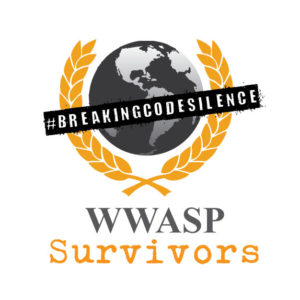
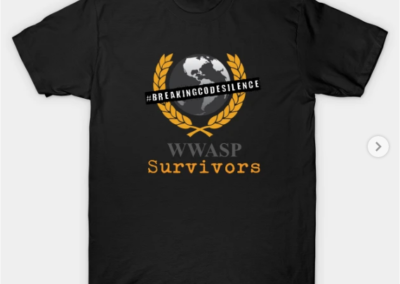
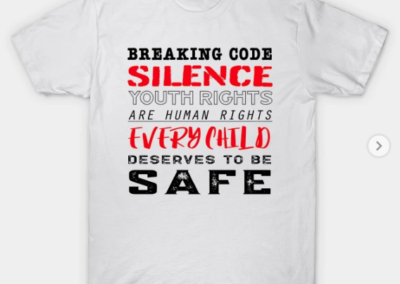
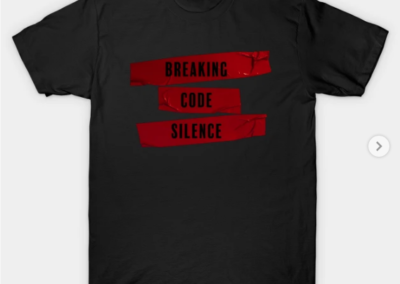
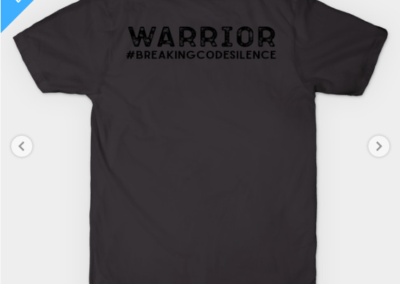
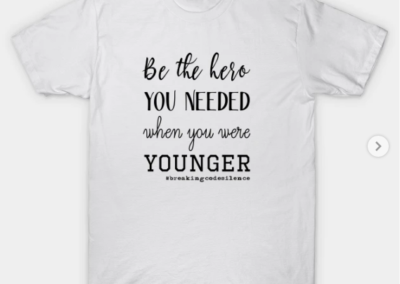
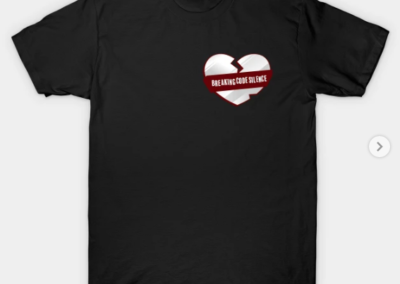
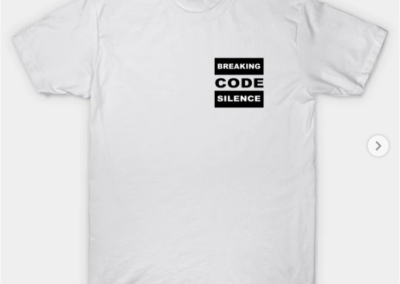
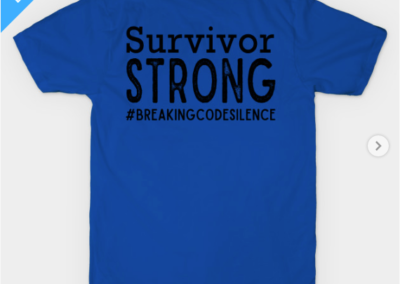
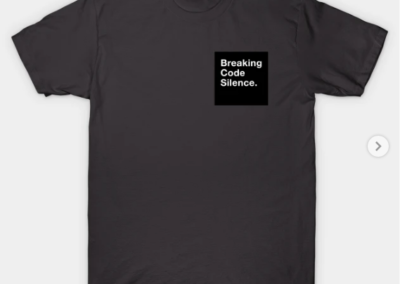
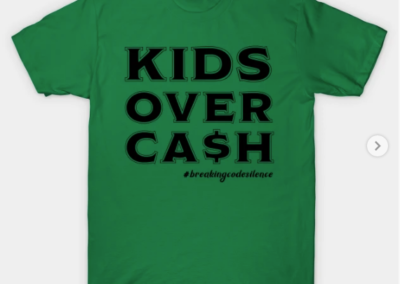
I worked in a “Therapeutic community” in the Bronx for several years as an educational coordinator. The philosophies have certain similarities, like shaming and breaking down the residents prior to the supposed reconstruction of their personalities.